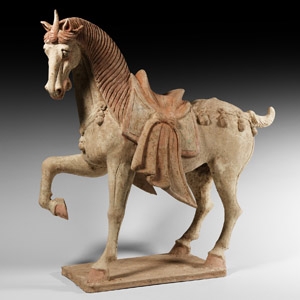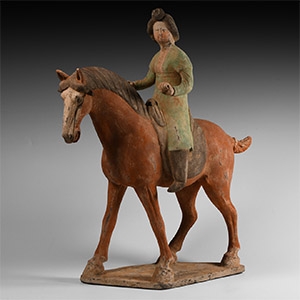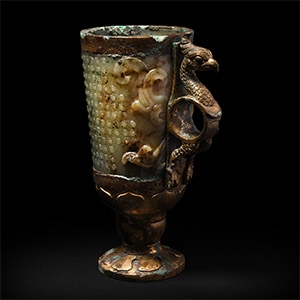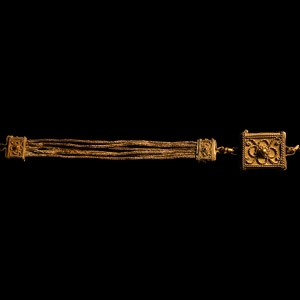Home > Auctions > 21 - 25 February 2023
Ancient Art, Antiquities, Natural History & Coins
Auction Highlights:
French collection, 1960s-early 2000s.
From an important Paris gallery, France.
French collection, 1960s-early 2000s.
From an important Paris gallery, France.
The kouros (free-standing nude male youth) first appeared in ancient Greece in the Archaic Greek period; kouros figures have been found across the Greek-speaking world, concentrated mainly in sanctuaries of Apollo. The term means ‘male youth, particularly one of noble rank’; when a pubescent boy came of age in ancient Greece, he was known as a kouros, at which point he could participate in the initiation feast of the brotherhood. The god Apollo was known as the greatest kouros. Typically life-sized, these figures were produced in marble, but have also been found in limestone, wood, bronze and terracotta. The female counterpart is the kore.
French collection, 1960s-early 2000s.
From an important Paris gallery, France.
with Arts D'Orient, Artcurial, Paris, 19 May 2014, lot 138.
English private collection.
Cf. The Metropolitan Museum, New York, accession number 1992.11.66, for a comparable sculpture of Roman date, itself modelled on a Greek original; see also accession number 24.97.90, for a 3rd-2nd century B.C. stone head with stylistic similarities.
English private collection.
Ex Hong Kong collection.
London Mayfair gallery, UK.
Accompanied by thermoluminescence analysis report nos. C122k26 and C122k25 from Oxford Authentication.
This lot has been checked against the Interpol Database of stolen works of art and is accompanied by search certificate number no.11697-199217.
See Prodan, M., The Art of the Tang Potter, London, 1960, for similarly styled figures and discussion; see the Fifa Museum online for discussion and historical depictions of the game in various media.
Cuju is the earliest recorded game of football which involved kicking a ball through a net without the use of the hands.
Ex Hong Kong collection.
London Mayfair gallery, UK.
Accompanied by a thermoluminescence analysis report no.C122k23 from Oxford Authentication for one of the figures.
See Prodan, M., The Art of the Tang Potter, London, 1960, for comparable figures and discussion.
From the R.M.Hicks OBE private collection, UK.
Accompanied by an original thermoluminescence analysis report no.C106u29 from Oxford Authentication.
Cf. The Metropolitan Museum, New York, accession numbers 54.169 and 1991.253.7a, b, for similar figures.
A symbol of military strength and social status, the horse was ever a potent mythological and symbolic animal in China. During the Tang Dynasty, both polo and hunting from horseback became fashionable for men and women. It was also during the Tang Dynasty period that female court attendants on horses appeared in art and in tomb sculpture. The fruits of China's relationship with the horse include three of the most important innovations in equestrian history: the horse collar, the stirrup and harnesses based on the breast strap. The failure of China's domestic horse breeding programmes forced them to artificially inflate the price of tea (the production of which was controlled by China), so that tea could be traded for horses from their neighbours.
Acquired 1980s-1990s.
Ex West Country collection.
Accompanied by an original thermoluminescence analysis report no.C122e86 from Oxford Authentication.
This lot has been checked against the Interpol Database of stolen works of art and is accompanied by search certificate number no.11704-199227.
See Prodan, M., The Art of the Tang Potter, London, 1960, for similar figures and discussion; see Harrist, R.E. Jr., Power and Virtue: The Horse in Chinese Art, New York, 1997, for discussion.
Acquired in the 1990s.
From a North Yorkshire private collection, UK.
Accompanied by an original thermoluminescence analysis report no.C122h21 from Oxford Authentication.
Cf. Zhang, B., 'On the Change of the Female Status in the Tang Dynasty from the Horse-riding Tomb Figurine' in Advances in Social Science, Education and Humanities Research (ASSEHR), volume 3002018 International Workshop on Education Reform and Social Sciences, 2018, 2019, pp.589-594, fig.1 no.3.
In Tang art, poetry and painting the horse was exalted. The delight taken in portraying horses became an end in itself. Women were made to mount them, according to the Tang conception, so that the two can be considered together, introducing in China a fashion from Kotan.
Acquired from Dandelion Fine Arts, Hollywood Road, Hong Kong, 1970s.
Ex Prof. David Anderson collection.
UK private collection, circa 2010.
Accompanied by a copy of metallurgic analytical results, written by Metallurgist Dr Peter Northover (ex Department of Materials, Materials Science-Based Archaeology Group & Department of Materials, University of Oxford).
This lot has been checked against the Interpol Database of stolen works of art and is accompanied by search certificate number no.11707-198358.
Khotain jade was available between the years 69 B.C. and 101 A.D. as a result of a military treaty. It was sourced from the White Jade River. This object is believed to be produced for a notable client. The object's original patina, prior to restoration, suggested that the vessel was part of a ritual which involved exposure to intense heat.
with Sotheby's, Hong Kong, 28 July 2021, lot 1121.
Private collection, acquired from the above sale.
Important North West London collection.
This lot has been checked against the Interpol Database of stolen works of art and is accompanied by search certificate number no.11711-199722.
241 - 252 of 2116 LOTS


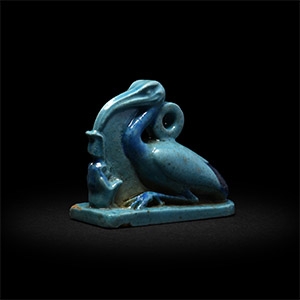



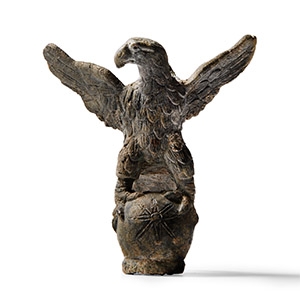
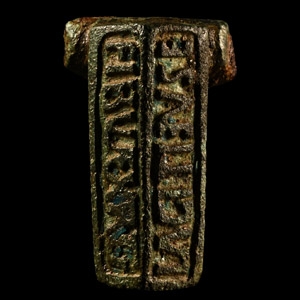

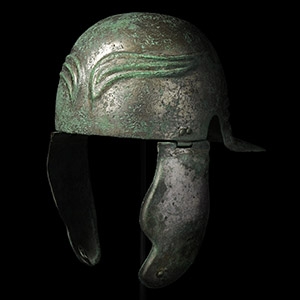
.jpg)
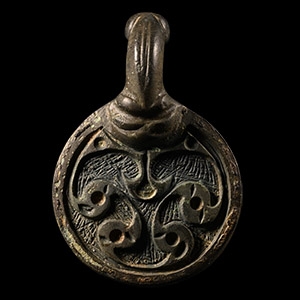
.jpg)
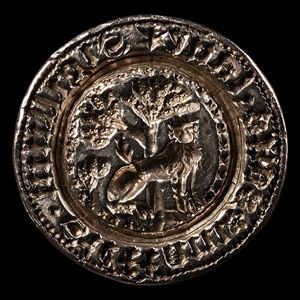
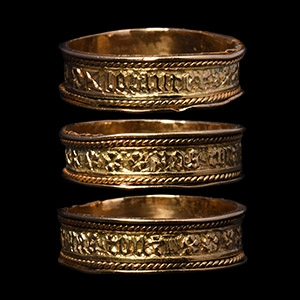


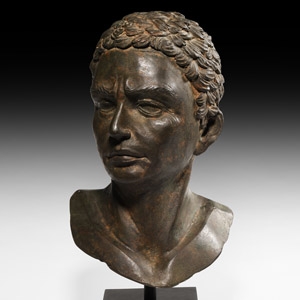
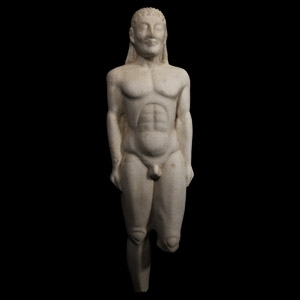


.jpg)
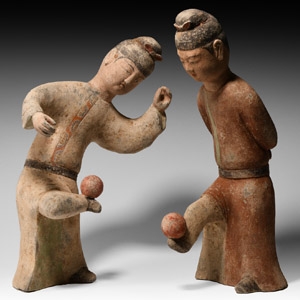

.jpg)
